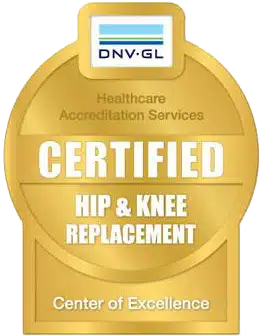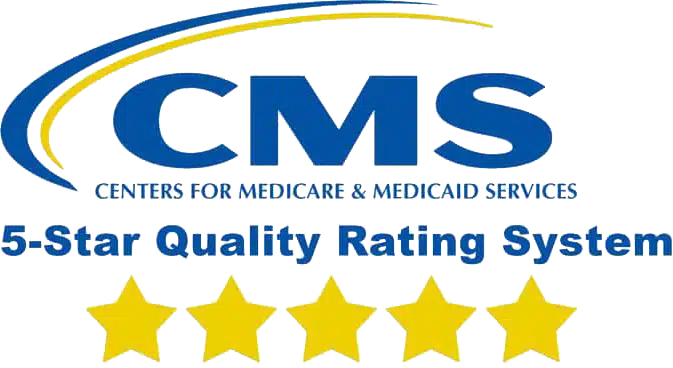Our History
March 1883
Beginnings. In March, 1883, a group of settlers under the direction of Thomas Ricks arrived in the Upper Valley and began a settlement along the banks of the Teton River. The city of Rexburg, Idaho, was born.
Growth was rapid. Only five years after those initial settlements, the Ricks Academy (now Brigham Young University Idaho) was founded. Two years after that, Idaho became the nation’s 43rd state, with Rexburg as its second largest city.
Healthcare was an ongoing concern in the area, even in the community’s earliest days. There was a shortage of local doctors, resulting in a number of local midwives who not only delivered babies, but performed other medical functions, including preparing cadavers for burial.
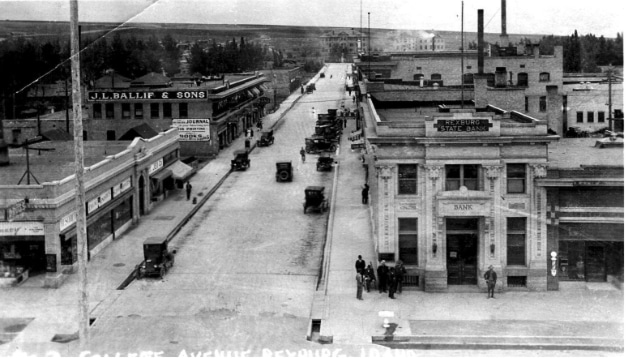
1899
Rexburg’s first hospital was built in 1899 by Dr. Joseph Walker, on the corner of Center Street and E. 1st South, where a branch of Beehive Credit Union currently stands. Dr. Walker’s hospital operated for 26 years. Tragically, the building burned to the ground on Christmas Eve, 1930.
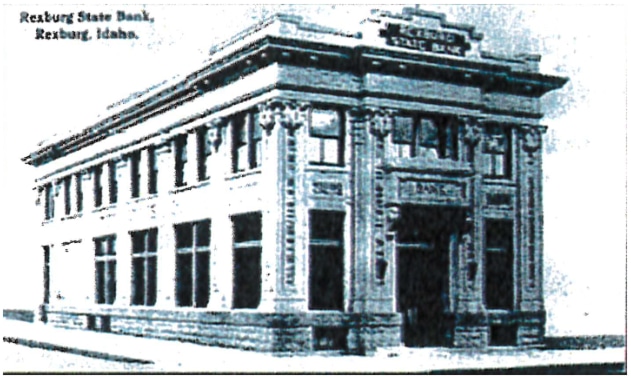
1918
In 1918, a second hospital was started in Rexburg, on the top floor of the Rexburg State Bank building, on the corner of Main Street and College Avenue. It was run by Dr. William Sutherland.
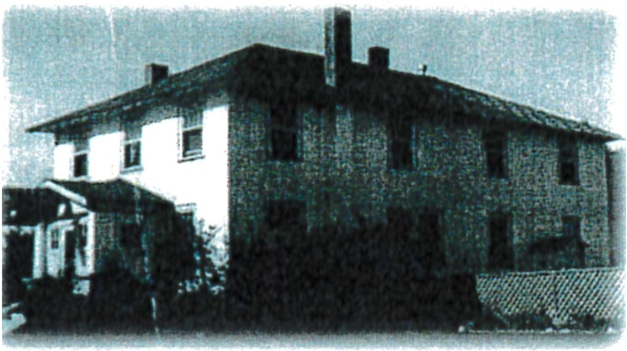
Rexburg’s third hospital was established by Dr. Harlo Rigby and his wife Elsie four years later, in 1922. Averaging more than 400 cases per year, the new facility, known as the Rigby Hospital (in Rexburg), ran continuously for almost 30 years.
A number of other medical establishments flourished in the young community, including several maternity homes. Toward the end of World War II, however, local leaders determined that community needs weren’t being adequately met, and discussions began regarding the construction of a new local hospital to meet the areas ever-expanding needs. Local doctors agreed to close down their own facilities if and when the new, community-wide hospital would be built.
Support from the community. The local Lion’s Club championed the idea and circulated, with the blessing of the county commissioners, a petition, gathering 1,200 signatures. The voters supported a county-issued bond for $100,000, but it wasn’t enough. Another $75,000 was needed. Four prizes were raffled – a Chevrolet sedan, a combination radio/record player, a refrigerator, and a home laundry washing machine. Tickets for the raffle were sold at $10 apiece. The Lion’s Club was able to raise $40,000, a substantial amount of money at the time, but it still wasn’t quite enough.

September 14, 1948
On September 14, 1948, local voters went to the polls to decide on a tax levy, to provide the remaining funds needed for the new facility. By the end of the day, it was clear that the levy had passed, and construction began shortly thereafter, culminating in a new hospital almost two years later.
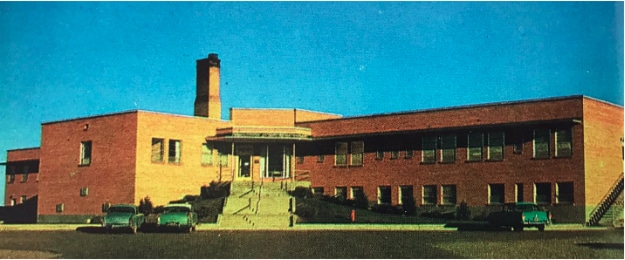
December 15, 1951
A new hospital is born. On Saturday, December 15, 1951, Madison Memorial Hospital, Rexburg’s fourth hospital, held a grand opening ceremony at its new location at the end of Main Street.
The following Monday, December 17, the hospital opened for business. In its first 24 hours of operations, Madison Memorial Hospital recorded the following events:
- 1 birth
- 1 death
- 5 surgeries
In its first full month of operations (January, 1952), the hospital’s statistics were as follows:
- Total number of patients: 32
- Total number of beds: 29 (8 in private rooms)
- Patient bathrooms: 4
- Monthly revenues: $1,889.35
- Cost of one day of care, per patient: $25
- Total staff: 23 employees
- Total payroll: $2,920
- Length of a nurse’s shift: 48 hours
- Groundskeepers’ wages: $200/month
- Daily NICU charges: $1 per baby
Community support was substantial, including donations in the form of pickles, jellies and jams. A group called the North Rexburg Stake High Priests Quorum donated $600 to the cause.

1951
A recurring problem in the summer of 1951, during construction of the hospital, was that a flock of sheep would wander around on the hospital’s hill, eating the clover and devouring the landscaping. A request was made to the Rexburg police department, to keep watch over the hill and prevent any more harassment from the sheep. The following summer, the lawn had to be reseeded.
1953
A second telephone was installed in February, 1953, and air conditioning was installed in May. In 1958, the county levy which had been supporting the hospital was discontinued. From that point onward, the hospital has, for the most part, been entirely self-sustaining.
1959
In 1959, an LPN school was begun, inside the hospital. Each class had 11 or 12 students.
The county commissioners approved a $1.5 million levy for the hospital, to help fund ongoing expenses.
1971
A series of discussions in 1971 led to a proposed alliance between the hospital, the university (Ricks College at the time), and the Church of Jesus Christ of Latter-day Saints, in which each entity would contribute 1/3 of the cost of building a new hospital, on campus, to benefit Ricks students as well as the community at large. After considerable debate, the Board of Trustees ultimately decided not to adopt the proposal, instead committing to undertaking further studies of the long-term needs of the community.
Arising from this decision, the administrators and trustees began working toward a big-picture plan which would ultimately incorporate the construction of a new hospital building.
1975
Curtailment of plans in the face of disaster. In 1975, after almost 25 years of continual service to the community, Madison Memorial Hospital was destined to undergo a major expansion, including construction of the brand-new facility which had been envisioned since the late 1960s. Under the direction of Keith Steiner, the hospital administrator, a new design for a 50-bed facility was approved by the public, by a 77% margin.

June 5, 1976
Groundbreaking for the new, $2.4 million building was slated to begin on June 14, 1976.
As fate would have it, only nine days before that date, the city of Rexburg was struck by the single most impactful calamity in its history. At 11:57 am on that fateful day, the Teton Dam was breached, resulting in a devastating flood which unleashed 80 billion gallons of water.
Eleven people were killed, along with about 16,000 livestock. About 80% of the structures in the greater Rexburg area were damaged or destroyed.
Many of the hospital’s employees became instantly homeless, camping out in the building’s basement (the hospital had been built on slightly higher ground), unable to determine the status of their own homes until days after the flood had taken place.
Needless to say, the 1976 expansion project was put on hold.
Devastated citizens were no longer in a position to financially support the approved expansion, so the hospital ultimately borrowed $500,000 from the FmHA (Farmers Home Administration) to fund its own growth needs.

October 24, 1978
A brand-new facility. Construction was undertaken the following year, and a grand opening ceremony was held on October 24, 1978, with the move into the new 50-bed facility taking place a week later, on November 1. The old building continued to be utilized for county and hospital needs.
1990s
Additional expansion projects took place throughout the 1990s, affecting every aspect of the hospital. A bond election in 1994 provided funding for ongoing remodel projects.
2000s
New clinics. The 2000s represented an era of growth-through-acquisitions for the hospital.

2005
In 2005, two staff members at BYU-Idaho created a new logo for the hospital – an update of the ubiquitous blue “M,” which became widely recognized and respected throughout the region.
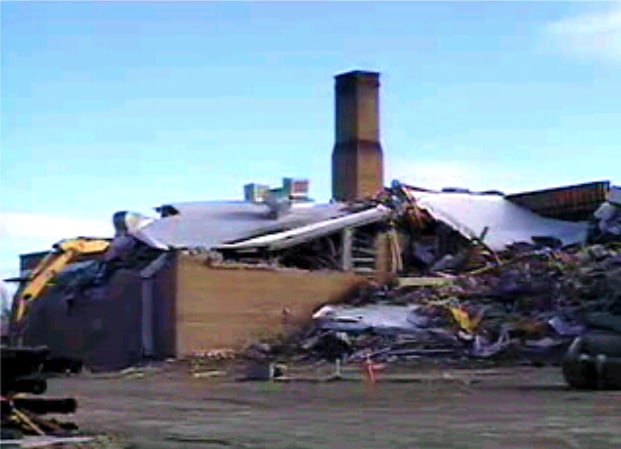
September 2006
2012
Three years after that, in 2012, a groundbreaking ceremony was held for Carriage Cove, a short-stay rehabilitation center, also partly owned by the hospital.
2014
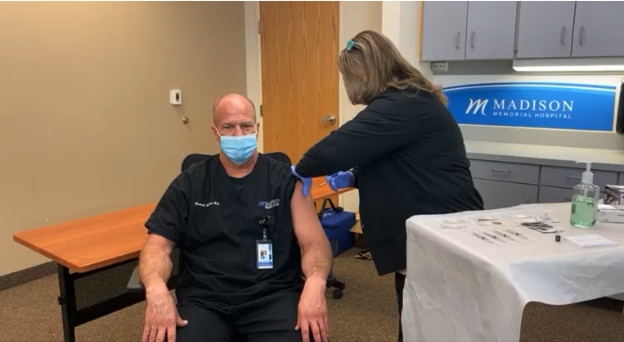
2020
At the peak of the outbreak, many hospital services, including non-critical surgeries, were temporarily put on hold. Employees were required to wear masks and receive COVID vaccinations as they became available.
August 2020
December 14, 2020

For some years, leaders at Madison Memorial had been considering various ways of helping the public understand that the organization had grown to the point of no longer being accurately represented as merely a hospital. By 2022, the Madison Memorial system was comprised of multiple clinics at half a dozen locations, together with more than 750 employees, 200+ providers with hospital privileges, and a network of affiliate business, suppliers and partner organizations.
After many hours of discussion and contemplation, the decision was made to change the name of the organization to something that would better describe it. And just like that, Madisonhealth was born
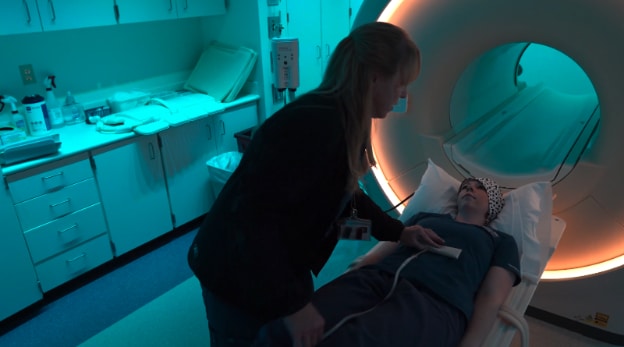
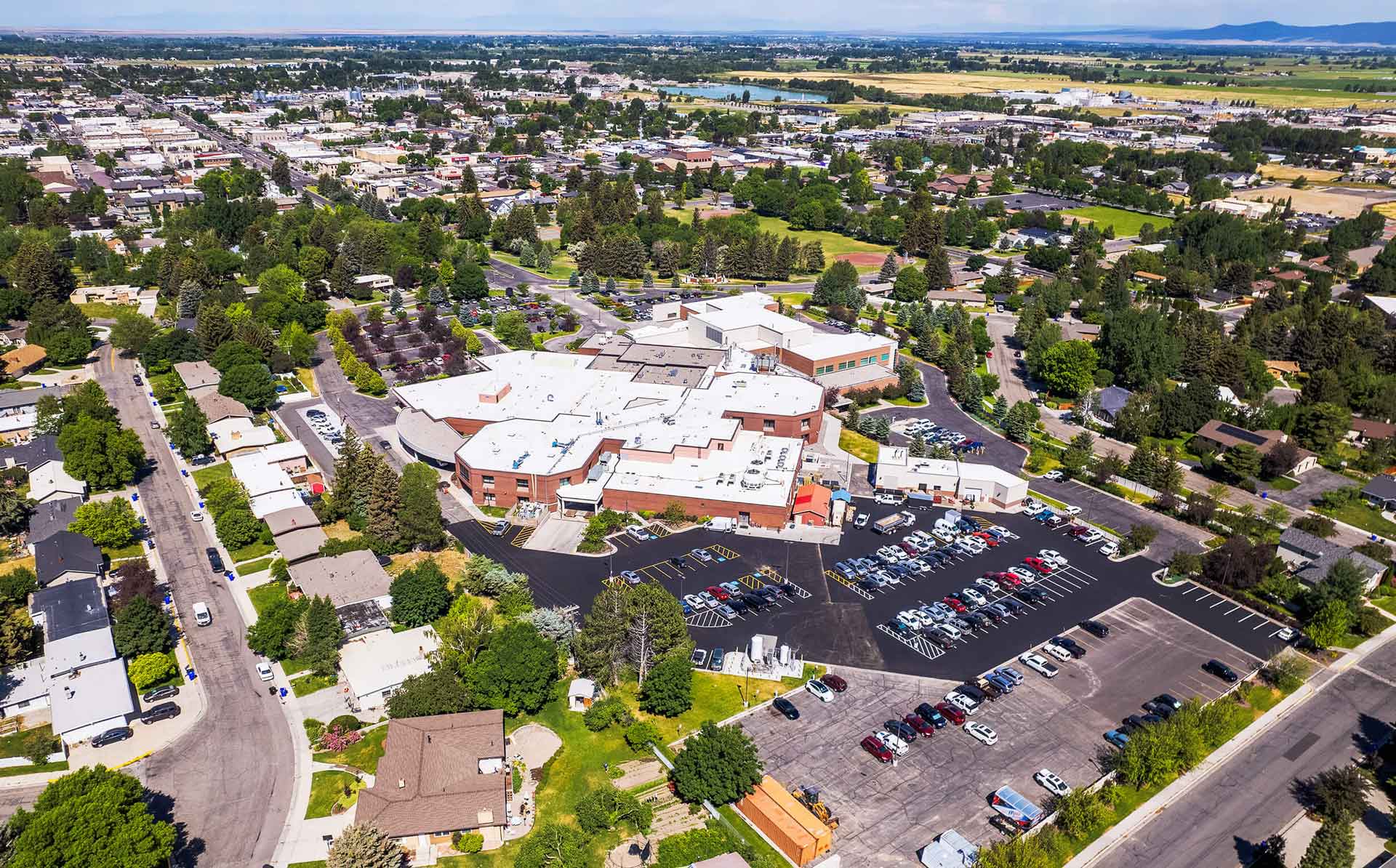
Find a Doctor
Start here to find a specialist for you.
Find a Location
Start here to find an office to help.
Patient Portal
Start here to access your patient account.

